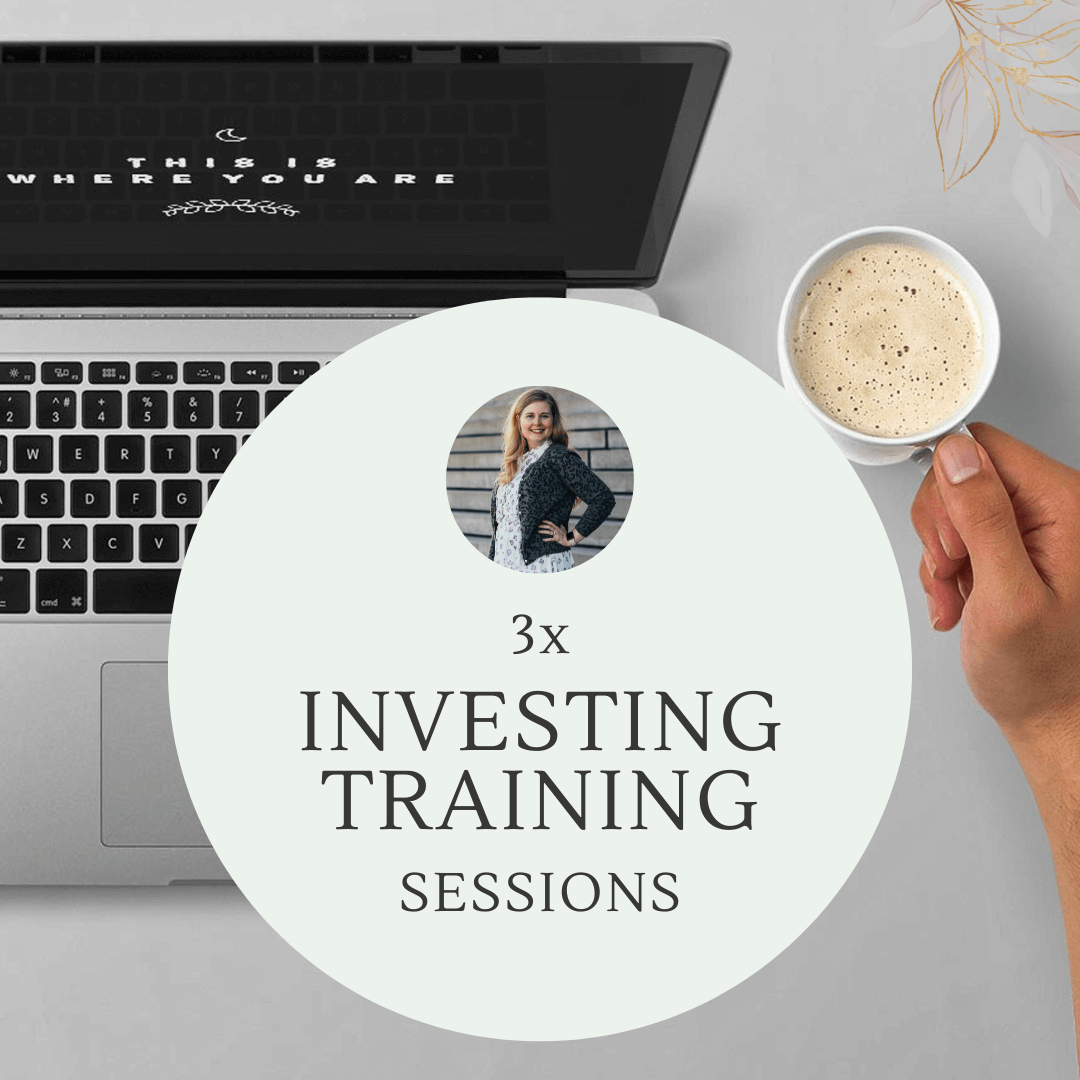Buying a stock in a company means that you own a part of that company. If we had to buy an entire business today, what would it cost? A value investor wants to know what the company is worth – the intrinsic value – and then we want to know the company value per share.
But we’re not done yet, because the essence of the value investing discipline is buying the stock at a lower price than what the company is worth.
Buy Cheap Stocks
Phil Town, a well-known value investor, has a great analogy: He calls the intrinsic value of a company the “sticker price”. Town refers to a car dealership. All the cars in the show room have stickers with prices in the windows. This price is the car’s sticker price. But most people don’t buy a car at the sticker price but at a lower price. It’s the same thought we have for stocks. Buy it cheaper than the sticker price. We call this buying at a “margin of safety”
When can you buy a company lower than the sticker price and how do you calculate this price? I’ll return with the answer to the valuation later, but first when can you buy it at a margin of safety?
“The three most important words in investing are margin of safety.”
Warren Buffett
Sometimes the stock market as a whole crash – stocks go down like an elevator. But that doesn’t mean that every single business in the stock market from one day to the other is worth less. The company’s intrinsic value might be the same and not at all impacted by a stock market crash. Think about going shopping a sale. Great companies go on sale.
Valuation methods
We want to buy businesses at a significant discount to the underlying business value. To find out what the value of the business is there are different valuation methods. From owner’s earnings, discounted cash flow (DCF) and price/earnings methods.
In my investing workshop I give simple hacks to how you quickly and easily can calculate the value of the company by using my templates as well as finding a company’s margin of safety – the stock price you want to purchase a company for.
But if you want to try this out yourself, the calculation for owner’s earnings can look like this:
Operating cashflow
-Capital Expenditures
+Tax Provision
=Total Owners Earnings
The discounted cash flow estimate the value of a business based on its expected future cash flow. By looking to the past to find the past cash flow we try to predict the future cash flow of the business. But note that since we can’t predict if values will rise or fall in the future our valuation should always be ultra conservative.




0 Comments